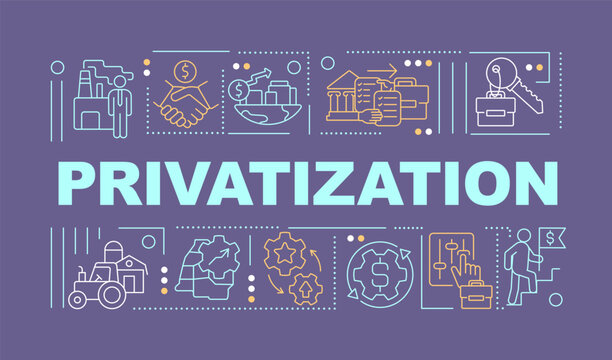Now Reading: 7 Economic Examinations of Waste Disposal Programs in the United States
-
01
7 Economic Examinations of Waste Disposal Programs in the United States
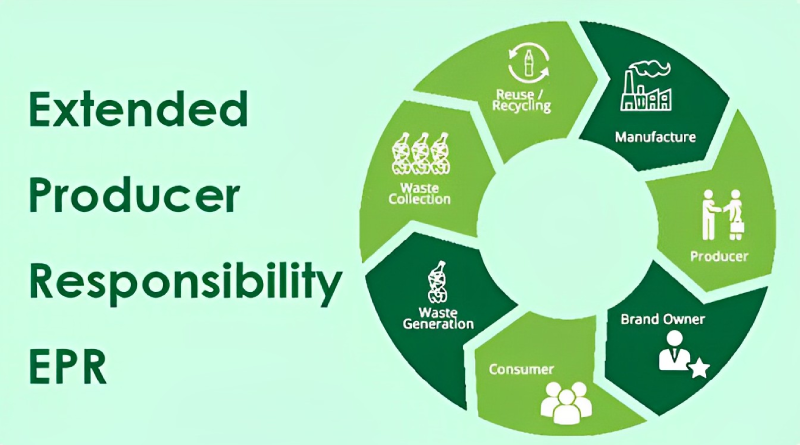
7 Economic Examinations of Waste Disposal Programs in the United States
Keywords: Waste Disposal
Introduction

In recent years, waste disposal and management have become increasingly important topics as societies strive for sustainable development in the United States. The United States, as one of the largest producers of waste globally, faces numerous economic challenges in implementing effective waste disposal programs. The country generates over 250 million tons(or More than 292 million tons) of municipal solid waste (MSW) each year. n recent years, there has been a growing interest in waste reduction and recycling as a way to reduce the environmental impact of waste disposal.
This article aims to provide a comprehensive examination of the economic aspects surrounding waste disposal programs in the United States, analyzing their impact on the environment, public health, and the economy as a whole.
Methods of Waste Disposal
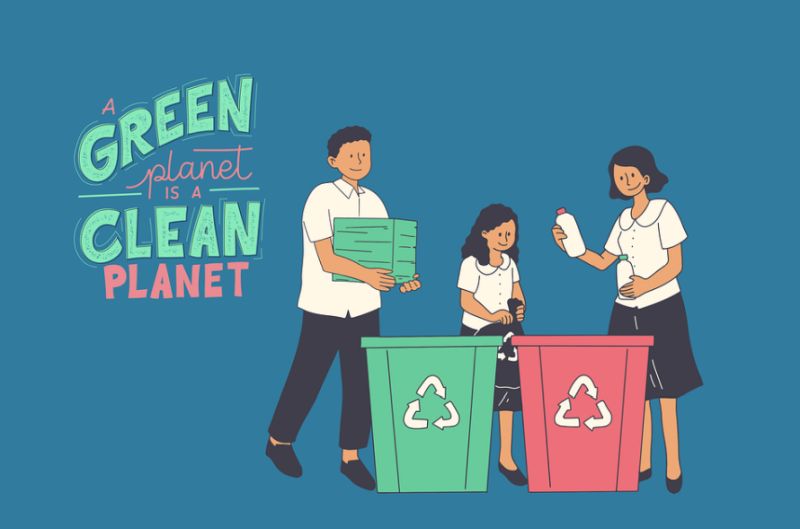
There are three main methods of waste disposal: landfilling, incineration, and recycling.
- Landfilling is the most common method of waste disposal in the United States. Landfills are large areas of land where waste is buried. The waste is compacted and covered with soil to prevent it from leaching into the environment.
- Incineration is a process of burning waste at high temperatures. The heat from the burning waste is used to generate electricity. Incineration can reduce the volume of waste by up to 90%.
- Recycling is the process of converting waste materials into new products. Recycling can reduce the amount of waste that goes to landfills and incinerators.
1. The Cost of Waste Disposal Programs

The cost of waste disposal programs in the United States is a significant financial burden. It encompasses collection, transportation, treatment, and disposal expenses. Local governments and taxpayers face the challenge of funding these programs and maintaining the necessary infrastructure. Efficient waste management practices, such as waste reduction and recycling, can help alleviate some of the financial strain by reducing collection, transportation, and treatment costs.
Innovative funding mechanisms and public-private partnerships can also play a role in mitigating the economic impact. Overall, understanding and addressing the costs associated with waste disposal programs is crucial for promoting sustainable waste management practices.
2. Economic Incentives for Waste Reduction
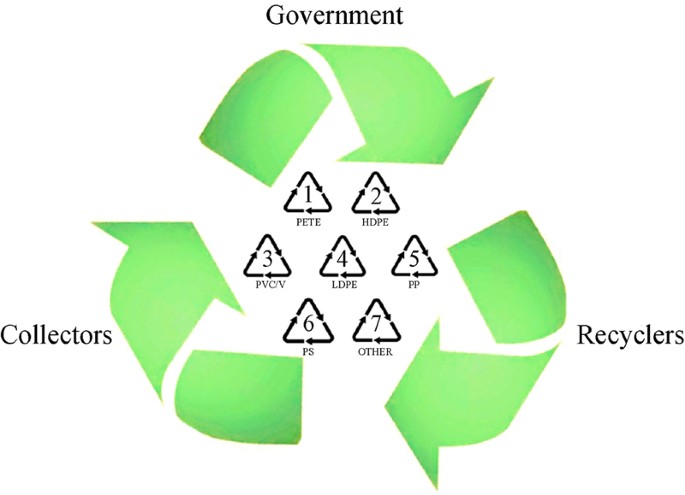
Economic incentives play a vital role in waste reduction efforts. Policies such as landfill taxes, pay-as-you-throw systems, and recycling incentives provide financial motivations for individuals and businesses to minimize waste generation. These incentives encourage responsible waste management practices, leading to environmental benefits.
Additionally, economic incentives can result in job creation, resource conservation, and cost savings for both individuals and businesses. By aligning economic interests with waste reduction goals, societies can foster a more sustainable and efficient waste management system.
3. Recycling and the Circular Economy
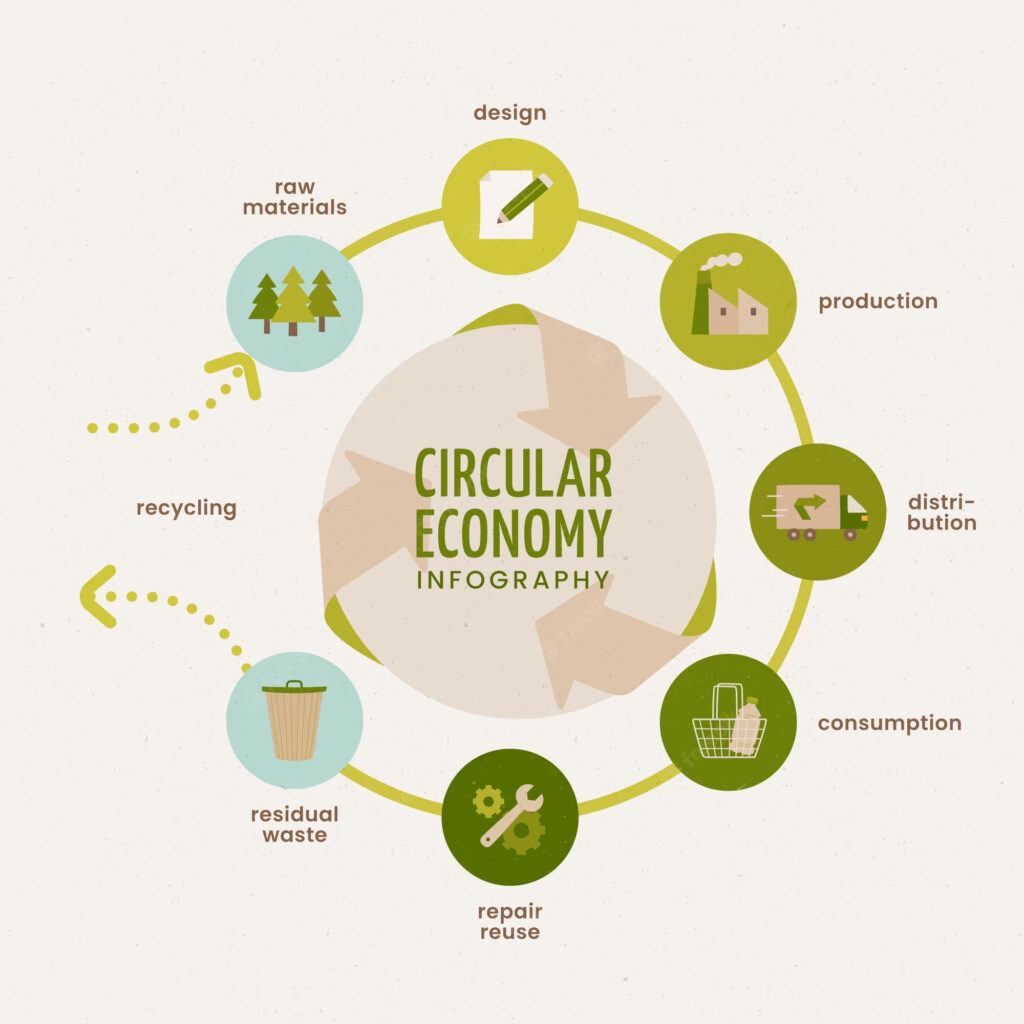
Here, we explore the economic aspects of recycling programs and the transition towards a circular economy. We discuss the economic benefits of recycling, including the creation of recycling-related industries, the reduction of raw material extraction costs, and the potential for job growth. This section also addresses the challenges and opportunities associated with recycling, such as the market demand for recycled materials and the need for effective recycling infrastructure.
4. Waste-to-Energy and Resource Recovery
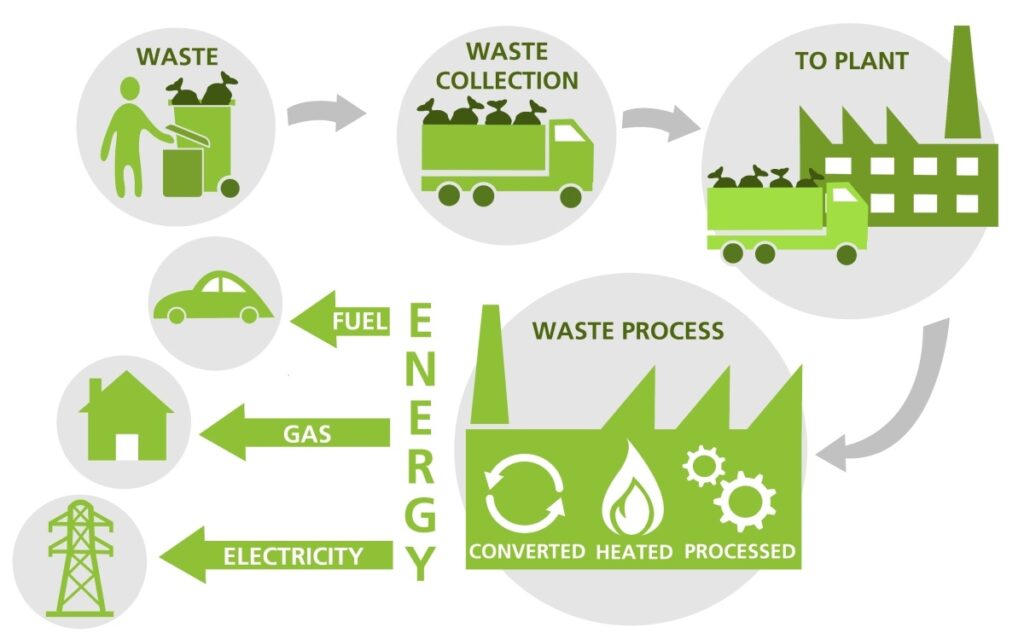
This section focuses on waste-to-energy programs and resource recovery technologies, examining their economic viability and environmental impact. We discuss the potential for energy generation from waste, the economic benefits of utilizing waste as a resource, and the challenges faced in implementing these technologies on a larger scale. Additionally, we explore the role of public-private partnerships in promoting waste-to-energy projects.
5. Economic Implications of Landfilling
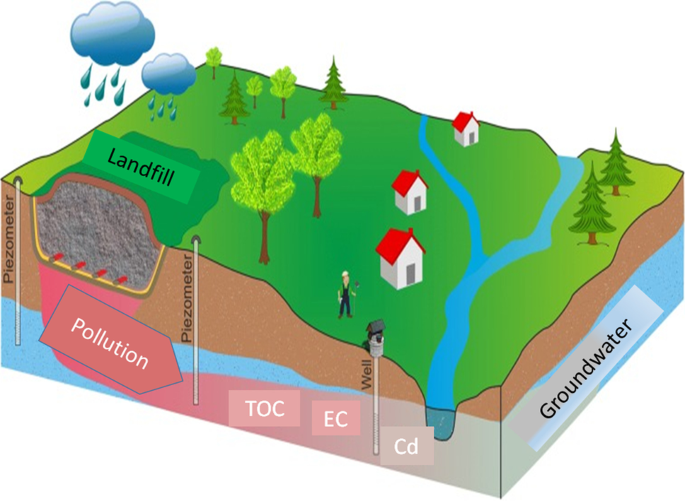
Under this heading, we analyze the economic consequences of landfilling waste. We discuss the costs associated with landfill construction, maintenance, and monitoring, as well as the potential environmental and health impacts that can result from improper landfill management. This section also addresses the economic benefits of landfill gas recovery, which can be used as a renewable energy source.
6. Extended Producer Responsibility (EPR)

Here, we delve into the concept of Extended Producer Responsibility (EPR) and its economic implications. EPR places the financial responsibility for waste management on the producers, encouraging them to design products with recyclability and environmental impact in mind. We discuss the potential economic benefits of EPR, including reduced waste management costs for local governments, increased recycling rates, and improved resource efficiency.
Conclusion
Waste disposal programs in the United States have significant economic implications that extend beyond mere environmental concerns. By understanding the economic aspects of waste management, policymakers can make informed decisions to promote sustainable waste disposal practices. Through the implementation of effective waste reduction, recycling, resource recovery, and extended producer responsibility measures, the United States can mitigate environmental impacts, foster economic growth, and create a more sustainable future for generations to come.
Also Read: Privatization of Public Enterprises and Its Implications on Economic Policy and Development





